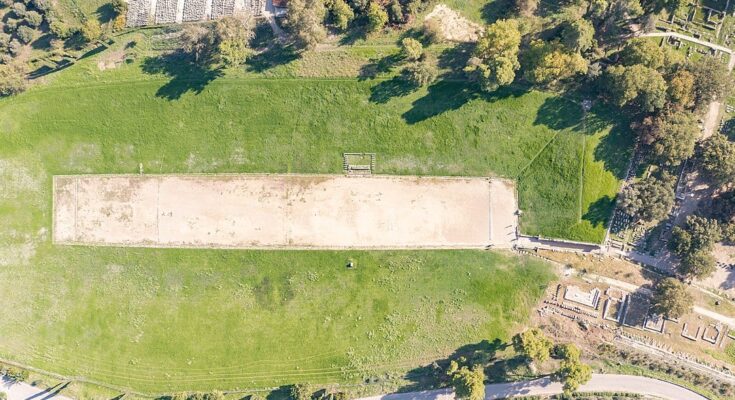Greek historian Arrian, who lived from about 86 to 160 AD, admired the honor of winning at the Olympic Games. However, he also warned of the challenges involved.
Arrian once said:
“Do you wish to win an Olympic victory? So do I, by the gods! But consider the matters which come before that, and those which follow after, and only when you have done that, put your hand to the task.”
He explained the challenges Olympic athletes faced. Athletes were required to follow strict rules and special diets, avoid consuming sweets, and train regularly regardless of weather conditions, according to Arrian. They were also expected to refrain from enjoying cold water and wine on a whim and listen to their trainers as closely as they did their doctors.
Olympic Games in the ancient Greek world
Arrian was not overstating the truth. The road to Olympic success for ancient athletes was as demanding as it is for today’s competitors.
But what was involved for ancient athletes when going through training and competing in the Olympic Games?
Ancient Olympic athletes had a packed schedule to say the least. The games at Olympia were in fact just one of many prestigious athletic events in the Greek world.
Only free Greek males could compete in the ancient Olympics, showcasing the games' mystical role in honouring the gods. #AncientMagic #GreekGods #Olympics #Olympics24 pic.twitter.com/8Ph5RIdMbG
— Druidshaven (@Druidshaven) August 7, 2024
There were three other well-known games in which top athletes aimed for victory as well. These included the Pythian games, held every four years, as well as the Nemean games and the Isthmian games, both organized every other year. Typically, one or two of these events occurred each year.
These four games together formed the “periodos” (circuit). An athlete who won prizes at all four games in a row was called a “periodonikes” (circuit winner).
Training for the ancient Greek games
Olympic athletes went to great lengths to gain a competitive edge. One famous wrestler, Milo of Croton, who was active around 536 to 508 BC, had legendary training methods.
Milo held on to his strength by consuming large quantities of food. Each day, he ate 20 minas (about 8.72 kg) of meat, an equal amount of bread, and drank three pitchers of wine, according to Athenaeus of Naucratis in the 2nd century AD.
For physical training, Milo carried a newborn calf daily until it matured into a full-grown bull. Milo wasn’t the only one to use animals for training either.
Eusebius of Caesarea, a historian from the 4th century AD, recounted that Amesinas of Barca, an Olympic wrestling champion in 460 BC, also trained with bulls. While caring for his cattle, Amesinas wrestled with bulls and even brought one to Olympia as part of his training routine.




